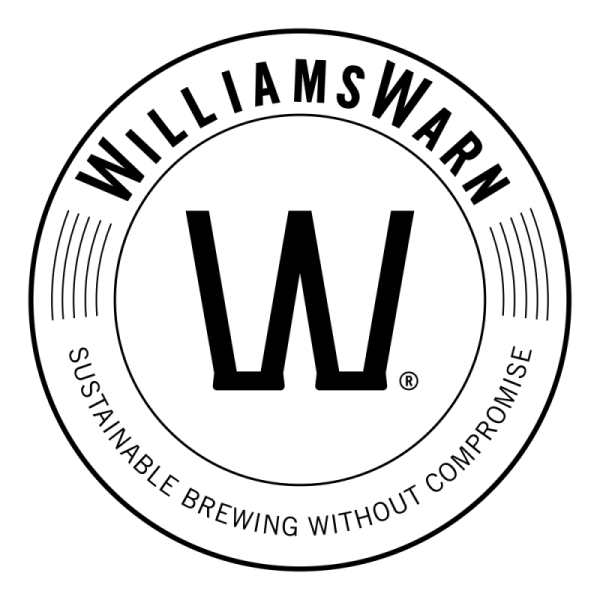Yeah, I know, hops aren’t creatures. Yeast are more like creatures. But hops provide such character to a beer, there are so many varieties and so many ways to impart bitterness or flavour into a beer that I always just think of them as little creatures. Maybe it’s just me.
Hops are derived from a plant – the technical name is Humulus lupulus (that’s as technical as this article gets) – which climb vertically upwards as high as 20 feet producing bines (to help them climb) and cones (the flowers from which we get our magic sauce for beer)
In this article, I want to introduce you to hops: a little bit of history, it’s role in creating our frothy beverages and a then focus in on a few particular varieties.
Beer brewing dates back 9000 years. That makes beer older than civilisation, which kicked-in around 6000 years ago. In fact, some attribute the formation of modern static civilisation to beer because people stopped being nomadic when they saw value in hanging around for their barley crops which produced food as well as a fermented liquid (it was accidentally fermented in those early days with natural occurring yeast) that made them feel warm and fuzzy. I guess they lost their get up and go (get it – nomads – get up and go – ah, never mind).
Anyway beer is really old. Hops, well that’s not so old. The first known cultivation of hops was in 736 AD in Hallertau, northern Germany and it took another 300 years to decide to use this curious little plant to brew beer. I really don’t know what happened in that period but if it wasn’t brewing beer, it’s just not that important.
The use of hops is well known for its bittering qualities (think of any mouth puckering American IPA you may have tried recently) and for the aromas and flavours they impart into beer when introduced late in the boil or fermentation process (think of those citrus, grapefruit, zesty flavours often associated with Pale Ales for example). But it has a third, very important quality as well. Hops have an antibacterial effect on beer, ensuring any unwanted microorganisms in beer do not take hold and spoil it.
The well-known beer style Indian Pale Ale is, in fact, a beer of British origin. It is of little surprise that British sailors liked to drink. The sea journey from south of England to India, with considerable temperature fluctuations and the rough waters off the Cape of Good Hope, was great at causing yeasty infections along the way. This led to the innovation of increasing the standard sugars in a pale ale and dosing up hops considerably: higher alcohol and hops were found to be fine ingredients for fending off spoilage.
So, there you have it. Hops are what we use to bitter, flavour and stabilise beer.
Fast forward to current day and the demand for hops and especially aromatic varietals has exploded. This has been driven by the growth in craft beer and, at times, demand has well exceeded supply. To the extent that some hop varieties simply disappeared for a period creating havoc in the craft beer world. You see, hops take 3-5 years to mature from first planting so getting ahead of the demand curve is not easy.
Every continent that has fertile land between latitudes of 35°-45° (North and South) with low wind and lots of sunshine grows hops. In New Zealand, Nelson (at 41° S) and the surrounding region is the ideal climate for growing hops. Local varietals such as Riwaka, Nelson Sauvin and Motueka are grown there and are in very high demand both locally in New Zealand and are all-the-rage in North America – they just can’t get enough.
I just brewed a Bohemian-style Pilsner today. For a true Czech Pilsner, you would use Saaz hops for aroma. I chose to use Motueka (pronounced “more-too-aye-car”) from the Nelson region of New Zealand. Why? Because it is an awesome substitute! Motueka was bred in New Zealand and released back in 1997 using Saaz and two local hop varietals as its genetic parents. The result? A brighter aroma of citrus and nectar fruits than the traditional Saaz hop and flowering herbal characters that make it well suited to pilsners and ales alike. Examples of craft beer made with Motueka hops include Hop Federation Pilsner and Tuatara’s Mot Eureka
So, do yourselves a favour. Next time you are looking to add a little zing to your beer style – whether it is an ale or a lager or a pilsner. Reach for some Motueka hops and be pleasantly surprised.
In part 2 of this series I will look a little closer at a couple of other kiwi engineered hops that are favoured around the world: Riwaka and Nelson Sauvin.
